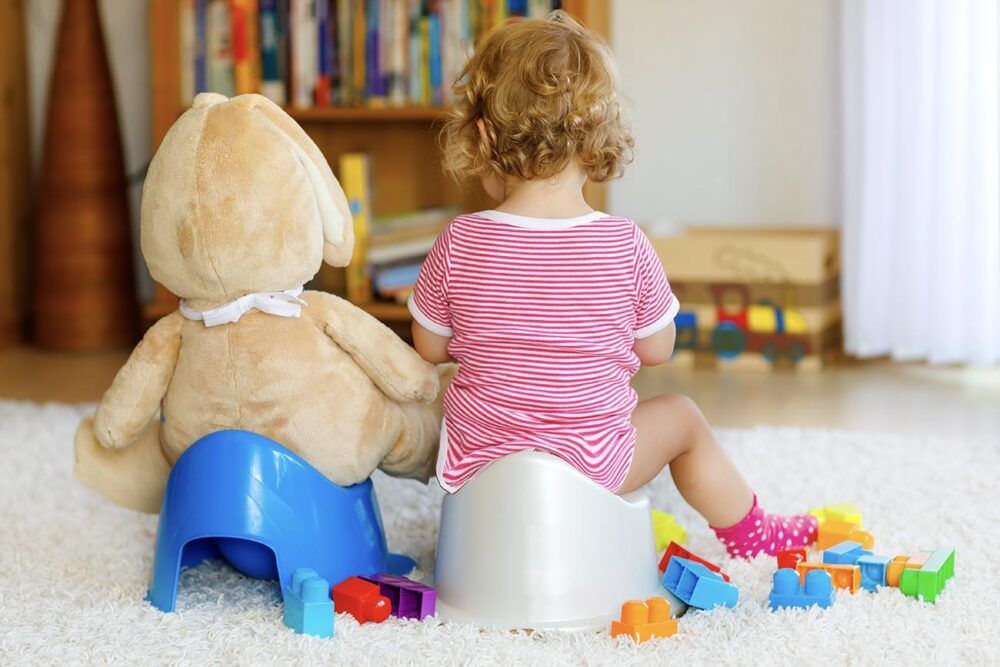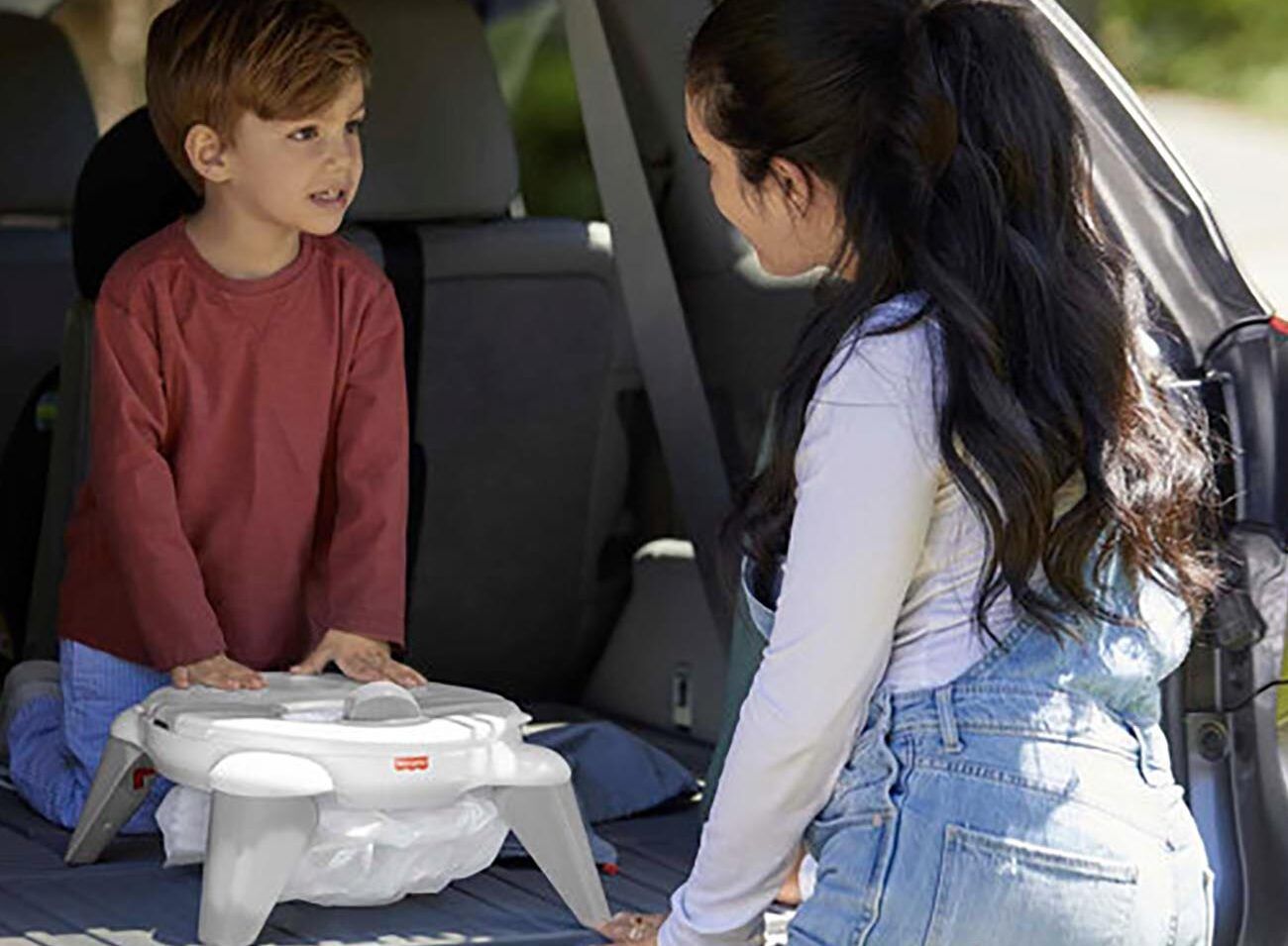Top Tips for Potty Training
4 min read
Last Modified 14 October 2024 First Added 30 May 2023

Are you ready to say goodbye to nappies?
Many see this as one of the most exciting milestones in a child’s life. Potty training is a new skill for your child to learn, it is best to take this phase slow and at your child’s pace.
There is no one-size-fits-all approach when it comes to potty training, however, there are some general guidelines to keep in mind.
Most parents begin potty training when their child is around 2 to 3 years old, some may choose to start earlier or later. It is important to be aware of signs of readiness, such as:
Remember, you cannot force your little one to use the potty if they are not ready. Potty training is typically smoother when your child is at the final stage. If you begin sooner, be prepared for accidents as your child learns.

You do not need fancy equipment to start potty training.
Here are some essentials to get you started:

Potty training is a big milestone for both you and your child, with the right approach, it can be a positive experience.
Here are some key potty training tips:

Children with disabilities or illnesses may find it more difficult to learn how to use a potty or toilet. This may be challenging for you both, but it is important to not avoid potty training for too long and still enjoy the process.
Find more information on potty training for children living with a disability.
Visit the Contact website for support and ways to get in touch with other parents with a disabled child.
In summary, potty training involves several benefits such as greater independence for your child, saving money on nappies, and reducing the environmental impact of disposable nappies.
This training process may take a few weeks or months, but with patience, consistency, and praise, your child will soon be potty trained!
Read our disclaimers.